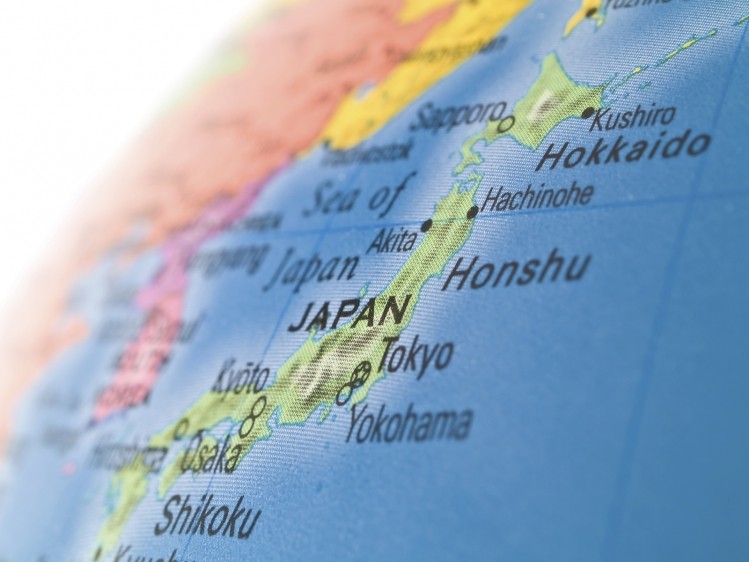DIA 2016
'Now is the time to include Japan' says Parexel

With the third largest pharmaceutical market in the world and a universal health care system, there are a number of benefits to doing business in Japan, according to Dr. Alberto Grignolo, Ph.D., Corporate Vice President, Parexel, who led a preconference tutorial yesterday on the regulatory environment in Japan at DIA’s 2016 Annual Meeting.
“Historically, the Ministry of Health, Labor and Welfare (MHLW) has granted attractive prices to new medicines as a way to stimulate innovation and support the domestic industry,” he told Outsourcing-Pharma.com. “In addition, premium prices have been granted to highly innovative medicines, again to encourage innovation.”
On the right pathway
New legislation designed to help accelerate the development and approval of regenerative medicines took effect in 2014. This legislation enables companies to receive conditional approval for such medicines, such as stem cell therapy, and makes them available to patients more rapidly.
Additionally, Japan launched a new approval pathway to approval called sakigake (“forerunner” or “breakthrough”).
“This pathway is for truly innovative drugs, medical devices and regenerative medicine, and it is intended to accelerate the drug development and approval process in Japan,” Grignolo told Outsourcing-Pharma.com.
Thus far, six drugs have been designated “sakigake” and are currently under development.
According to Grignolo, the designation has several benefits, including more prompt access (1 month) to the Pharmaceutical and Medical Devices Agency (PMDA) for consultation meetings, rolling Japenese New Drug Application (JNDA) submissions and a shorter JNDA review time (6 months). However, the JNDA must be submitted to PMDA before, or at the same time as, any NDA in any other country.
Grignolo explained that Japan also now requires that each JNDA contain a Risk Management Plan (RMP) upon submission. “This is designed to evaluate and help ensure the safety of drugs at regular intervals after their approval by the Authorities,” he said.
Overcoming the ‘drug lag’
Historically, many companies were required to repeat entire clinical programs in Japan in order to receive regulatory approval in the market. “This resulted in a significant “drug lag” of 3-7 years or more,” explained Grignolo.
To reduce this lag, the government has invested heavily in infrastructure since 2007. As a result, headcount at PMDA has more than doubled in the past decade, and review time after filing a JNDA has gone from 24-36 months to 6-12 months – comparable to the US and EU.
“In addition, and very importantly, in 2007 MHLW urged companies to include Japanese patients in their development plans from the start – as early as Phase I – and many have indeed done so,” said Grignolo.
“Better infrastructure, more efficient JNDA review management at PMDA and more global studies that include Japanese patients have significantly reduced the delay that Japanese doctors and patients used to experience in gaining access to important new drugs from North America and from Europe,” he added
Ultimately, these changes are intended accelerate innovations that will benefit patients both in Japan and outside the country. “The Japanese government welcomes innovation from both domestic and foreign sources,” said Grignolo.
Doing business in Japan
Japan has a formal pre-Consultation and Consultation system makes that allows companies to meet with PMDA review teams and to discuss their development programs and regulatory strategy. However, unlike meetings with the FDA, consultation meetings with PMDA are fee-based.
Another major element in the country’s regulatory system is the Clinical Trial Notification (CTN), which is equivalent to the US Investigational New Drug program (IND) and EU Clinical Trial Authorization (CTA), authorizing clinical studies to be conducted in Japan. According to Grignolo, CTNs are reviewed in 30 days, as are INDs.
“In Japan, orphan drug designation covers pharmaceuticals intended for a population smaller than 50,000 patients,” he explained. “In the US, the threshold for orphan drug designation is 200,000 patients or less.” Additionally, in Japan, orphan drugs have ten years of exclusivity in the market, compared to seven years in the US.
For all of these reasons, Grignolo said that “Now is the time to include Japan in global drug development plans.”
However, he noted the Japan, like many other countries, is under financial pressure and is considering measures to contain health care expenditures, including medicines whose financial burden on the system is considered high.
“The Japanese population is aging rapidly – thanks to excellent health care — but is also shrinking due to a low birth rate,” he added. “Pressure on drug prices will increase, especially for highly priced drugs; but public pressure to continue to have access to innovation will continue, so the government will have to do a careful balancing act.”


















